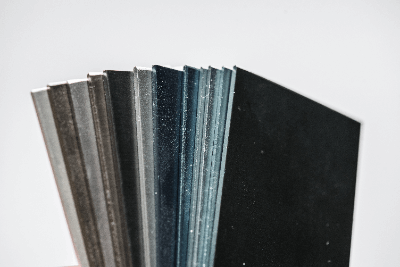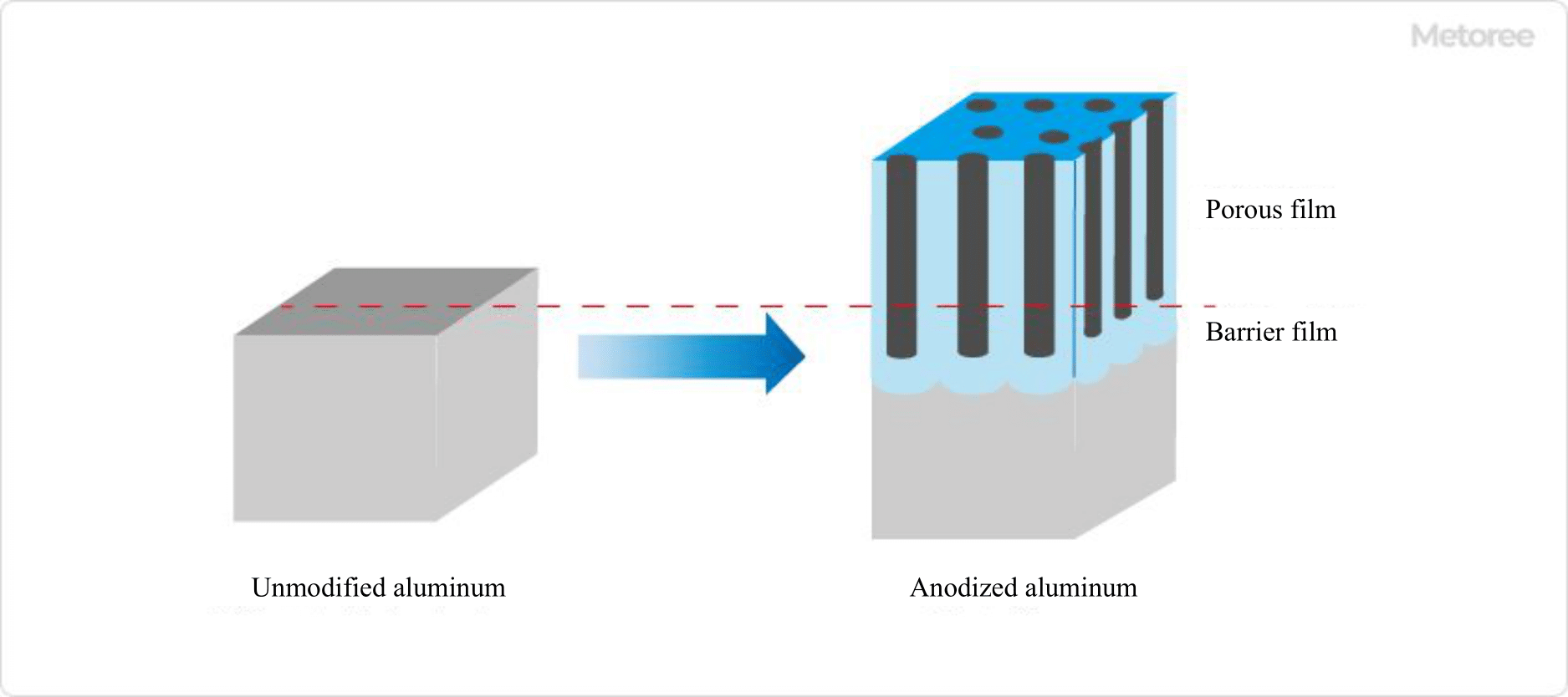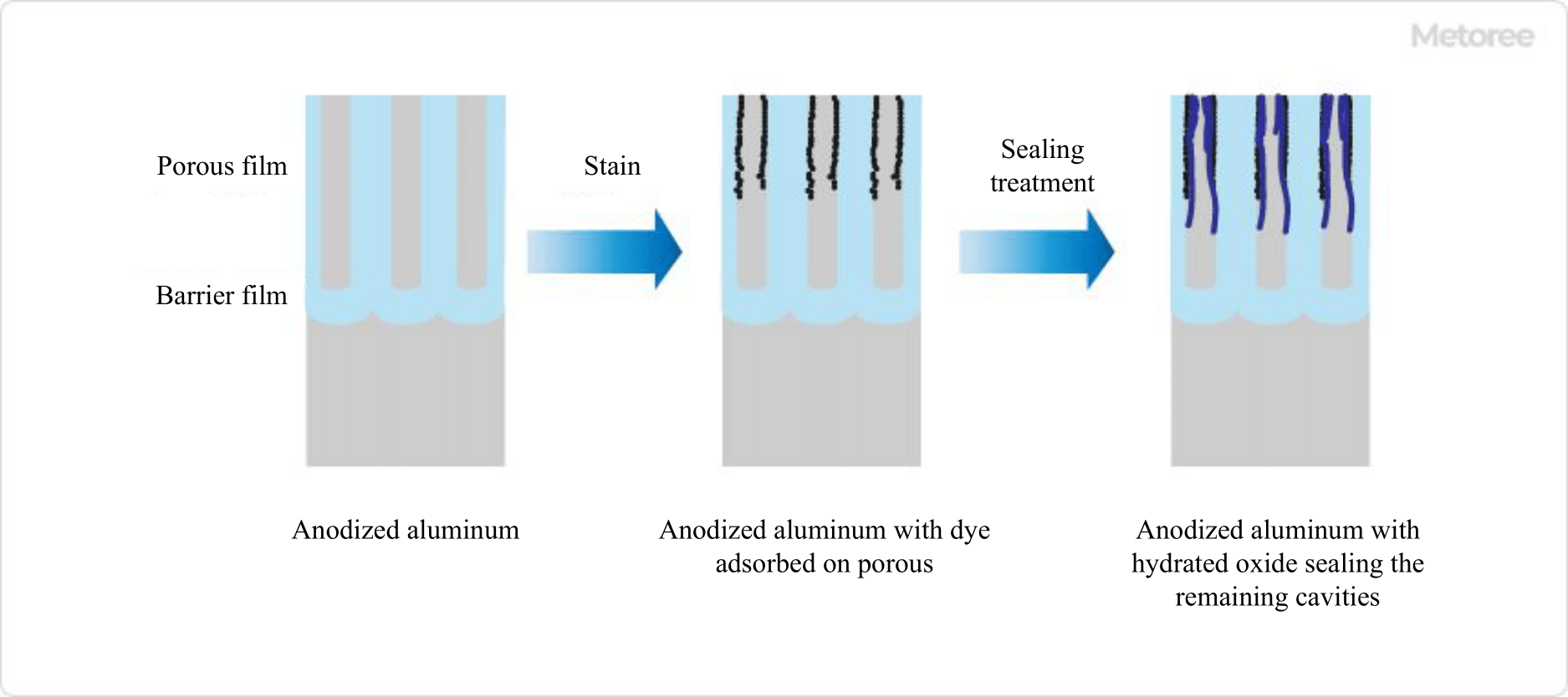What Is Black Anodized Aluminum?

Black Anodized Aluminum is a type of color anodizing in which the surface of anodized aluminum is colored black with a dye.
Anodized aluminum is aluminum that has undergone anodizing, during which an oxide film forms on the surface through electrolysis on an anode. It is more resistant to corrosion than untreated aluminum.
The luster can be altered through various processing methods before and after anodizing. Different types of anodized aluminum, such as matte black anodized aluminum and glossy black anodized aluminum, are available to match the specific requirements of the product, including function and decorative appearance.
Uses of Black Anodized Aluminum
Black anodized aluminum is known for its high corrosion resistance, wear resistance, hardness, and insulation properties. It is widely used in various products, ranging from household items like lunch boxes, water bottles, and cooking utensils to parts for automobiles, semiconductors, industrial equipment, medical devices, and ship and aircraft interiors.
Glossy black anodized aluminum and matte black anodized aluminum are used for optical products.
Principle of Black Anodized Aluminum
Black Anodized Aluminum is produced in the following steps:
1) Anodizing of the aluminum substrate
2) Dyeing of the anodized aluminum
1. Anodizing

Figure 1. Schematic diagram of anodized aluminum
Anodizing is a treatment method in which an anodic oxide film forms on the aluminum surface through electrolysis, with aluminum serving as the anode. The process involves dissolving the surface of the aluminum substrate in an electrolytic solution to create the aluminate layer, resulting in a film consisting of two layers: a nonporous barrier film and a porous film.
The anodized aluminum coating is hard and offers excellent abrasion and corrosion resistance, effectively protecting the underlying aluminum substrate. Unlike plating, where a metal film is deposited on the surface using electrolysis, anodizing utilizes the aluminum substrate itself as the anode and undergoes electrolysis.
2. Anodized Aluminum Staining

Figure 2. Staining and sealing treatment for anodized aluminum
As previously mentioned, a porous film layer forms on the anodized aluminum coating. In the production of Black Anodized Aluminum, the material is immersed in a dyeing tank, where black dye is introduced into these cavities. The dye is absorbed by the cells, and once absorbed, the cavities are sealed through a perforation process.
The amount of dye absorbed depends on the thickness of the anodized aluminum oxide film. To achieve a darker color, both the film thickness and dye absorption must be increased. Glossy black anodized aluminum and matte black anodized aluminum undergo pretreatment using chemicals.
Luster black anodized aluminum incorporates gloss into the anodized aluminum substrate, while matte black anodizing removes gloss through a matte finish.
Types of Black Anodized Aluminum
Black Anodized Aluminum can be classified based on film thickness and dye.
1. Film Thickness
The standard thickness of Black Anodized Aluminum is approximately 10 to 30 µm. Film thicknesses thinner than 10 µm result in reduced dye adherence to the surface film, affecting color quality. To achieve a consistent black color, a certain level of film thickness is necessary.
While films thicker than 30 µm can be created, they may not be suitable for physically constrained areas, such as narrow tubes or sharp edges. The film’s performance depends significantly on the material, so film thickness should be considered in conjunction with dye compatibility.
2. Dye

Figure 3. Structures of typical chromium complex organic azo dye
Organic chromium complex dyes are typical choices for Black Anodized Aluminum. These dye molecules feature a structure in which an organic ligand bonds with metallic chromium in either a 1:1 or 1:2 ratio.
The use of organic ligands in complexation with chromium enhances resistance to light and heat compared to single-chromium ligands. Given that the pore diameter of the film is several hundred Ångströms (Å), while dye molecules measure approximately several tens of Å, the dye molecules penetrate the film’s pores and become colored through adsorption.
Key organic ligands include aromatic rings such as benzene and naphthalene, often featuring chromogenic properties in the form of substituent groups like nitro and azo groups. Dyes bonded to sulfonic acid, hydroxy, or amino groups have also been developed to enhance solubility in solvents.
In Black Anodized Aluminum, exposure to ultraviolet rays and heat from sunlight can lead to the decomposition of dye molecules, resulting in discoloration and fading. Consequently, UV-resistant dyes have been developed in recent years.